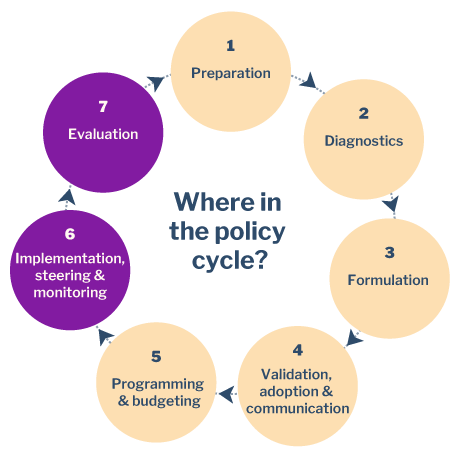Nudging technique: Comparison

Company boards often consist of a quite homogenous group of men, while research proves that diversity often leads to better outcomes. However, although we know this, the homogeneity on boards often goes unnoticed. To improve diversity and create a more balanced number of women and men on boards, some organizations have been publishing rankings to highlight which companies are hiring and appointing more diverse people. This can be national (e.g. Singapore’s Diversity Task Force), regional (e.g. Switzerland’s Egon Zehnder), global (e.g. UK-born and US-based Thompson-Reuters and mutual fund firm Calvert Investments), and local (e.g. Forbes, Fortune, and DiversityInc.). These published rankings make the diversity of companies a matter of public record.
By increasing transparency, an element of competition is introduced, as companies are motivated to try harder if they end up in a low place in the ranking system. It also creates a framework in which diversity is seen to be valued by broader society.
Where in the policy cycle can this approach be used?

Potential for change
Media coverage and public opinion likely play a large role in the success of this type of nudge, as the public discourse around how well a given company ranks is likely a large motivator for them to make greater efforts to rise up the ranks. These examples are currently used not only to publish comparative information about gender diversity, but also ethnic, racial, and sexual orientation diversity. The possibilities are great for increasing transparency among many minority groups.
The concept of comparing against others is an almost universal behavioural tool, which is easy to use and also easy to abuse. There is a fine line between comparing (and nudging toward better behaviour) and accusing (and causing resistance and defensiveness). Furthermore, when our behaviours are evaluated and compared with others, our competitive nature nudges us to improve.
The technique of comparing to neighbors has gained popularity recently outside of gender as well. The US Software-as-a-Service (SaaS) startup OPower has found great success in reducing energy consumption (and waste) by showing customers how their energy use compares to their neighbors, via an interactive digital platform. Similarly, the UK Behavioural Insights Team found that sending reminder letters to delinquent taxpayers that identified them in comparison to neighbors (i.e. “most people in your area pay their tax on time, and you are one of the few yet to do so”) increased tax repayment by about 5%. While these comparisons are not public, they ignite an emotional desire to not stand out for not keeping up, effectively nudging people toward “better” behaviour.
Sources
Adams, S. (2013) The Best and Worst Companies For Women And Minorities ![]() .
.
Bohnet, I. (2016). What Works, Gender Equality by Design. Cambridge, Massachusetts: The Belknap Press of Harvard University Press.
Behavioural Insights Team UK (2016) The Behavioural Insights Team Update Report 2015-2016 ![]() .
.
Calvert Investments (2015) EXAMINING THE CRACKS IN THE CEILING: A Survey of Corporate Diversity Practices of the S&P 100: March 2015 Supplement. Diversity Report Supplement 2015 ![]() .
.
Diversity Action Committee Singapore (2016) Companies which added women to their boards in 2016 ![]() .
.
EgonZehnder (2014) 2014 European Board Diversity Analysis: With Global Perspective ![]() .
.
Karsten (2012) Green nudge: The classic social comparison experiment by Opower ![]() .
.
Reuters, T. (2016) Thomson Reuters Launches D&I Index – Reveals Top 100 Most Diverse & Inclusive Organizations Globally ![]() .
.
Reuters, T. (N.d.) Diversity and Inclusion index ![]() .
.